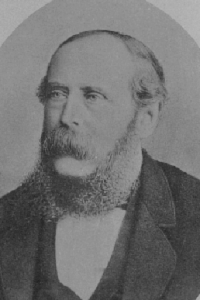
Poirot Score: 84
Three Act Tragedy
☆☆☆☆
Reasons for the Poirot Score
A beautifully crafted whodunnit in which Christie uses the theme of theatre to provide clues, plot and structure in a satisfyingly unified whole. There are some good clues, and smart misdirections, and an innovative motive for one of the crimes that Christie will develop further in a later novel. There are a few oddities of plot and the motive for one of the crimes is not well clued, but overall this is an excellent whodunnit.
Click here for full review (spoilers ahead)
Trivia
Nicotine Poisoning
All three victims are murdered through ingesting nicotine. Nicotine had been used by the Comte and Countess de Bocarmé to murder her brother Gustave Fougnies in 1850 in Belgium. This case might have been a model for the modus operandi used in Christie’s novel. The Comte had extracted the poison from tobacco leaves, rather than from pesticide as in Three Act Tragedy. As in Christie’s novel the victim had been invited to dinner and was given the nicotine to drink but, in contrast with the situation in Three Act Tragedy there was no one other than the murderers and the victim present. Nicotine is highly corrosive and it seems unlikely that a person would die quickly and silently on drinking nicotine, even when mixed with another drink. The Fougnies case led directly to the development by Belgian chemist, Jean Stas, of a method of extracting alkaloids (of which nicotine is one) from dead bodies that is still in use in forensic toxicology today. [See Deborah Blum’s excellent article: http://www.wired.com/wiredscience/2012/05/nicotine-and-the-chemistry-of-murder/]
Jean Servais Stas, the Belgian 19th century chemist
who developed a method for extracting alkaloids from corpses
that is the basis for the method still used by forensic scientists
[http://www.euchems.eu/publications/
100-distinguished-european-chemists/19th-century/stas-jean-servais.html]


